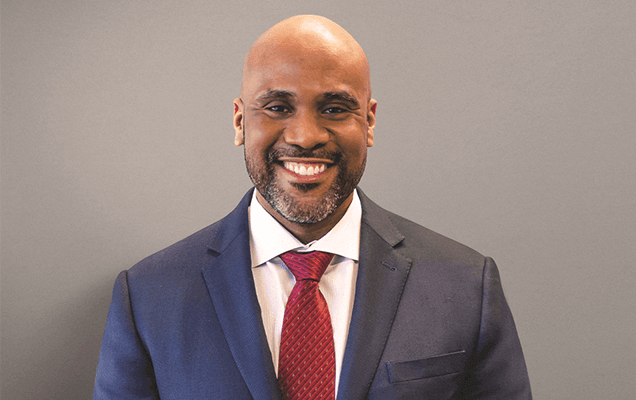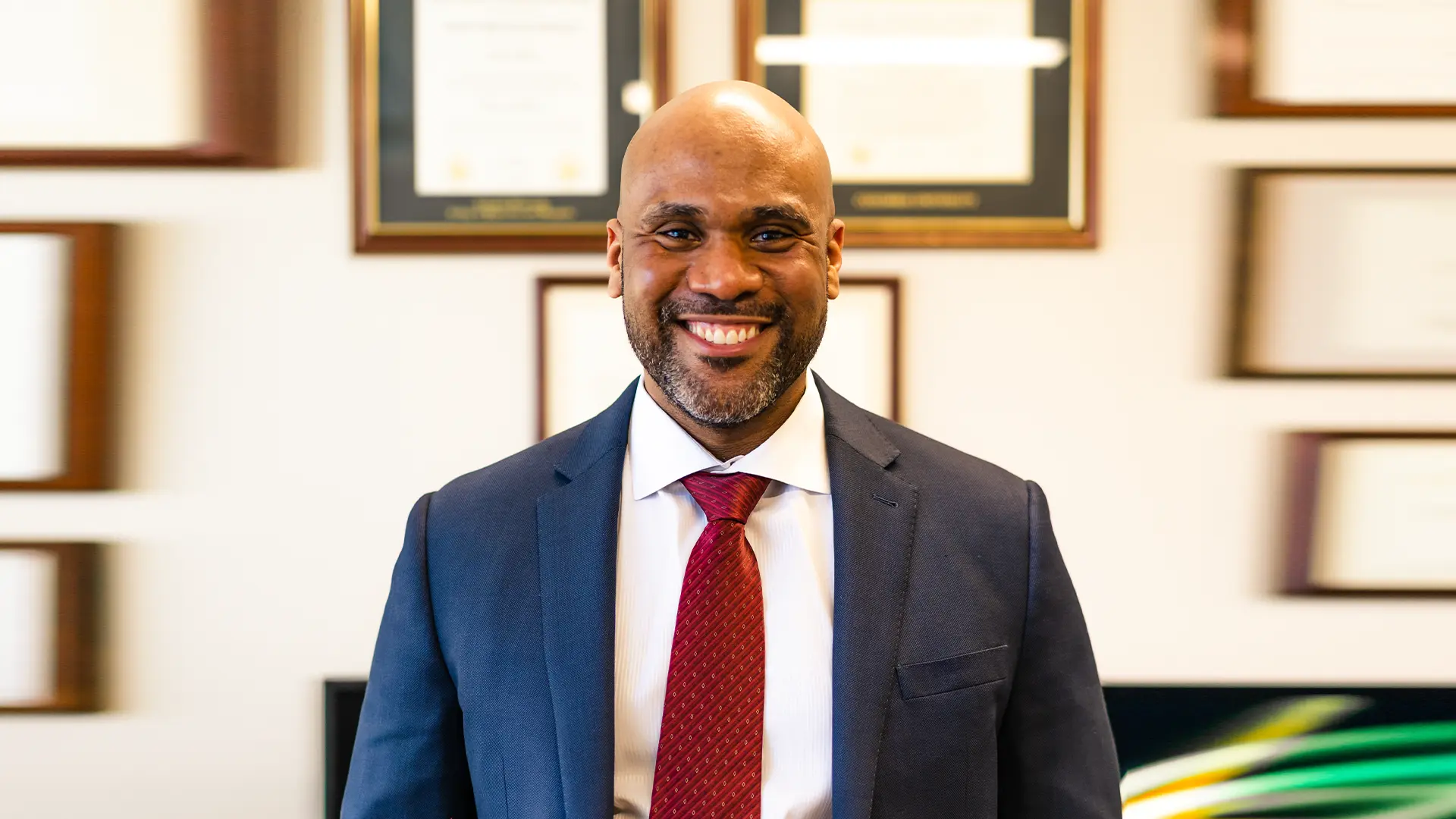The spine is a complex part of the anatomy, so it is no surprise that spine terminology is complex and often overlaps.
Bulging discs and herniated discs are two of the most common spine issues that patients face, but it can be difficult to understand exactly what they are and how to differentiate them.
Although there are clear differences between the two conditions that warrant different treatments, the two terms are sometimes used interchangeably, which is misleading.
What follows is an overview of a bulging disc vs. herniated disc so that you can better understand your condition and how to address it. Use this guide to form questions for your doctor so that you two can put together a plan for you to achieve a more comfortable and active lifestyle.
What Is a Bulging Disc?
The spine is made up of segments, and between those segments are spinal discs. Spinal discs are soft, spongy shock absorbers that protect the spinal cord and allow the spine to be more flexible.
Every disc consists of a jelly-like inner portion and a tougher, more protective outer portion.
As the spine ages, the discs tend to dehydrate and stiffen. A common effect of this dehydration and stiffening is that the disc can become slightly compressed or flattened. As a result, the outer, fibrous portion of the disc may “bulge” into the spinal canal.
It can be imagined as a hamburger that is too big for its bun. This is not considered pathological, but rather a normal part of the aging process. While bulging discs can sometimes contribute to nerve compression in the spinal canal, they are very common and, in isolation, don’t usually cause symptoms.
A bulging disc in the absence of stenosis or some other pathology rarely requires treatment.
What Is a Herniated Disc?
A herniated disc occurs when there is a hole in the outer layer of the disc that allows a large piece of the inner portion to escape or when the outer layer simply gets so thin and stretched-out that a large piece of the inner portion is able to migrate significantly into the spinal canal.
Medical professionals sometimes refer to the first situation as “non-contained,” “extruded”, or a “free fragment,” and the latter case as a ”contained fragment.”
An easy way to understand the difference between a bulging disc and a herniated disc is to think of a jelly donut. A bulging disc that is slightly flattened is like an intact jelly donut.
However, if the surface of the donut ruptures and some of the jelly leaks out, then it becomes like a herniated disc.
Causes: Bulging Disc vs. Herniated Disc
Some of the confusion over a bulging disc vs. herniated disc comes from the fact that they have similar causes.
Both can be caused by poor posture, repetitive spinal strain, a spinal injury or the normal wear and tear of age.
In fact, some herniated discs were originally bulging discs that worsened due to some combination of the factors above. For this reason, prevention is important. Your doctor can provide you with steps to take to improve the health of your spine. Even if it is just to prevent a current condition from getting worse.
It's time to get back
to doing what you love.
Herniated Disc Symptoms and Bulging Disc Symptoms
When a disc becomes herniated, it can irritate and/or compress nearby spinal nerves.
Such irritation and compression are the primary causes for the pain and discomfort reported by patients with disc pathology.
The differences between a bulging and herniated disc cause differences in the frequency and severity of symptoms.
Both conditions can result in similar symptoms like back and leg pain, tingling, numbness and a loss of range of motion. These symptoms are much more common with herniated disks. Since the disc material is better contained in a bulging disc compared to a herniated disc, there is a lower likelihood of nerve irritation and compression.
The only way to confirm whether a disc has bulged or herniated is through magnetic resonance imaging-an MRI. Nonetheless, even if a herniated disc is confirmed via MRI, it may not be the cause of your pain.
Many people show MRI evidence of bulging and herniated discs but do not feel pain or discomfort.
The best way to understand the exact condition of your spine is through a physical exam and conversations with your doctor.
Treatment: Bulging Disc vs. Herniated Disc
- Physical Therapy
- Pain Medications
- Exercises to improve muscle strength
- Injections
- Modifying activity
Treatment for herniated discs usually starts with conservative measures like anti-inflammatory medications or muscle relaxers along with physical therapy. Most disc herniations will resolve without needing surgery. If conservative treatment does not work, surgery is usually very successful.
What if I need surgery for my herniated disc?
If surgery is necessary it can be performed through minimally invasive techniques that relieve pressure on the spinal nerve, reduce inflammation, and allow symptoms to subside.
Final Thoughts
Spinal terminology is complicated and often used imprecisely, so it can be difficult to understand.
Bulging discs and herniated discs are two common conditions, but because of their similarity to other terms, patients sometimes aren’t sure which one best matches their symptoms.
The best way to keep yourself organized and informed about the health of your spine is to do research and keep asking questions of your doctor.
You can use this guide to form questions so that you can have an informative discussion with your doctor about how best to address the health of your spine.

About Dr. Gaetan Moise
Dr. Gaetan Moise is an accomplished neurosurgeon in North Jersey and is a proud member of Neurosurgeons of New Jersey, practicing out of their Ridgewood office conveniently located on East Ridgewood Avenue. His compassionate evidence-based, results-driven approach is guided by his desire to help patients achieve happy, pain-free lives through non-surgical and appropriate surgical solutions. Dr. Moise’s techniques are influenced by the advancements in minimally invasive surgery technology as well as advances in the understanding of the intricacies of the nervous system, brain, and spinal cord. Dr. Moise is a member of The Congress of Neurological Surgeons and the American Association of Neurological Surgeons. He is accepting new patients.
Recent Posts:






